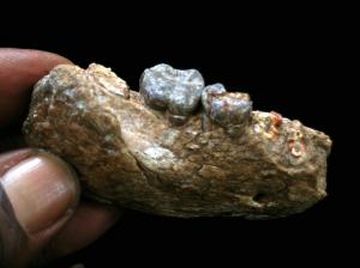
How did humans evolve? Though many hypotheses have been put forward that can define the human evolutionary process, it is perhaps for the first time; the crucial gap has actually been understood!
The answer seems to be lying in a new fossil-find! Yes, scientists have discovered hominid fossil fragments that date back somewhere between 3.5 million and 3.8 million years ago.
Unearthed in the Afar desert at Woranso-Mille, the fossil-find possesses several complete jaws and one partial skeleton. The place is located near where the famous fossil skeleton — Lucy — was found in 1974.
According to Ethiopian archaeologist Yohannes Haile Selassie,
This is a major finding that could fill a gap in human evolution.
The fossil hominids from the Woranso-Mille area sample a time period that is poorly known in human evolutionary study.
After this recent discovery, following the last year’s find of the 4.1 million-year-old fossils in the region, it seems, Ethiopia’s this area will perhaps one day reveal the most continuous human evolution-record.
Whatever be it, these series of hominid fossil finds in the region will surely place Ethiopia in the forefront while referring paleo-anthropology.

